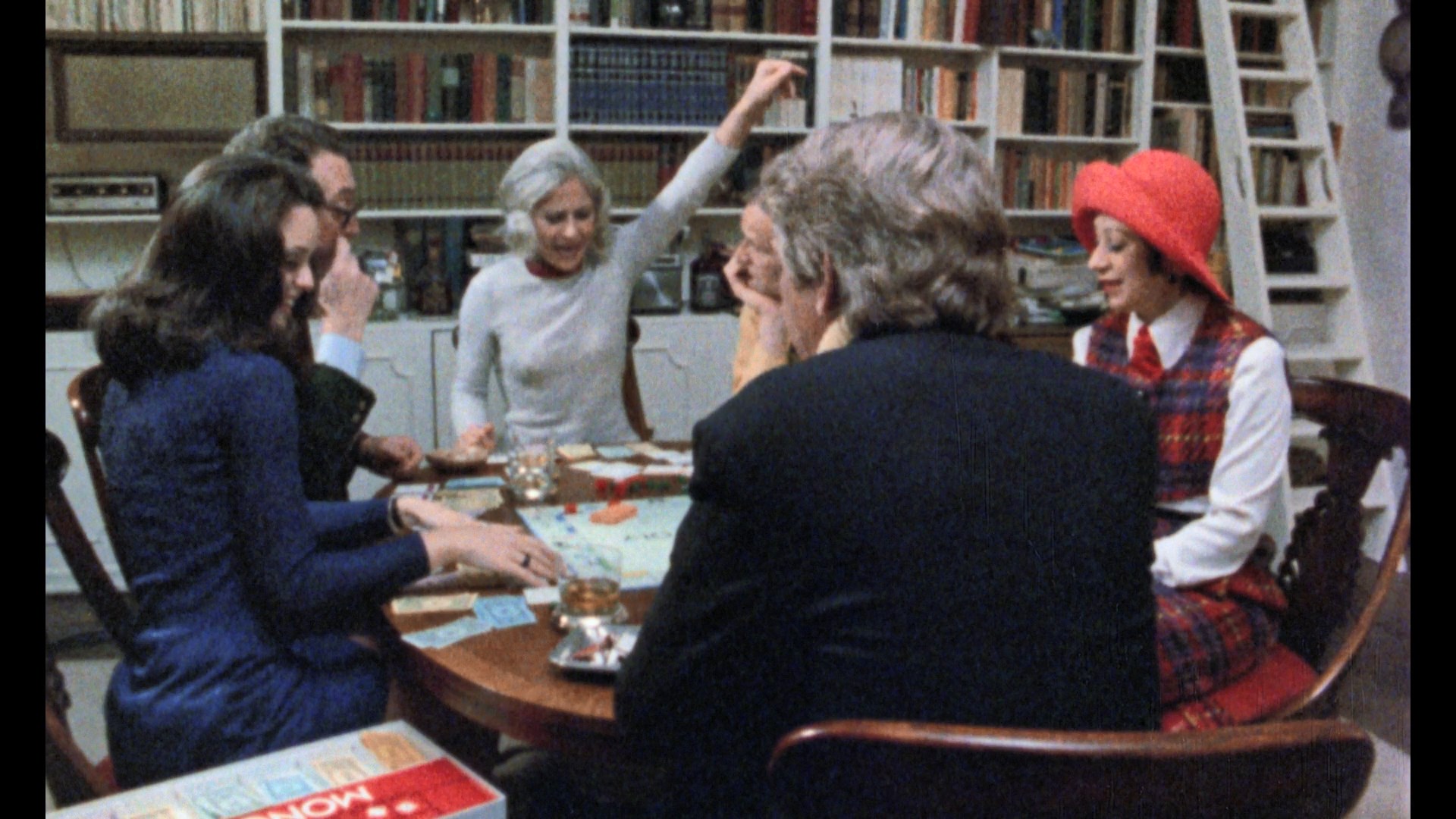



 of the most memorable indie teen films
of the most memorable indie teen films  of the '70s and a perennial fixture on Cinemax afternoon programming well into the mid-'80s, Jeremy could have easily turned out to be an Afterschool Special wannabe in the wrong hands. It's also a priceless snapshot of early '70s New York City as seen through the eyes of teenagers, resulting in a naturalistic love story that built up a small but captivated cult following that still cherishes it today.
of the '70s and a perennial fixture on Cinemax afternoon programming well into the mid-'80s, Jeremy could have easily turned out to be an Afterschool Special wannabe in the wrong hands. It's also a priceless snapshot of early '70s New York City as seen through the eyes of teenagers, resulting in a naturalistic love story that built up a small but captivated cult following that still cherishes it today.  popular fixtures throughout the decade, with O'Connor shining
popular fixtures throughout the decade, with O'Connor shining  in productions like The Boy in the Plastic Bubble and Benson becoming a teen heartthrob in films like Ice Castles and One on One before achieving Disney immortality with Beauty and the Beast. In fact, both leads even get to croon their own separate songs in the film ("Blue Balloon" and "Jeremy"), both prominently used and augmented by a spare score by Lee Holdridge long before he headed on to The Pack and The Beastmaster.
in productions like The Boy in the Plastic Bubble and Benson becoming a teen heartthrob in films like Ice Castles and One on One before achieving Disney immortality with Beauty and the Beast. In fact, both leads even get to croon their own separate songs in the film ("Blue Balloon" and "Jeremy"), both prominently used and augmented by a spare score by Lee Holdridge long before he headed on to The Pack and The Beastmaster.  not long after it was recorded, and
not long after it was recorded, and  it's a fitting tribute to his gifts as a writer and incisive surveyor of pop culture beyond the cinematic here. They play off nicely here as always as they dive into the treatment of teen romance, the depiction of Manhattan on film, the markedly different social mores of the era compared to now, the careers and lives of the two stars, and all the little touches that make this film so special. Then the featurette "Susan and Jeremy" (21m5s) combines separate interviews with Benson and O’Connor chatting about their fond memories of the film, the personal discoveries they made working with each other, the insane experience of taking the film to Cannes (where it nabbed an award for Best First Work for director Arthur Barron, who was mostly a documentarian and doesn't get mentioned much on the disc). O'Connor also appears for a quick separate video intro (47s), and Chris O'Neill contributes "A Phantom of Delight" (8m25s), a video essay taking a low-key survey of the film's charms and its spare approach without focusing on socioeconomic issues one might expect. The theatrical trailer (which really plays up the Cannes reception) is included standalone or in its Trailers from Hell incarnation hosted by a mask-wearing Larry Karaszewski, who does a swift and efficient job of explaining why the film seemed groundbreaking after years of bubblegum teen movies. Finally the disc closes with a very generous (by MGM-licensed standards) 5m19s image gallery featuring an array of photos and promotional material, set to the two signature songs in their entirety. An insert booklet features a liner notes essay by Bill Ackerman, who deftly frames the film as a singular entry in New York cinema and explores the professional junction of Barron and director of photography Paul Goldsmith.
it's a fitting tribute to his gifts as a writer and incisive surveyor of pop culture beyond the cinematic here. They play off nicely here as always as they dive into the treatment of teen romance, the depiction of Manhattan on film, the markedly different social mores of the era compared to now, the careers and lives of the two stars, and all the little touches that make this film so special. Then the featurette "Susan and Jeremy" (21m5s) combines separate interviews with Benson and O’Connor chatting about their fond memories of the film, the personal discoveries they made working with each other, the insane experience of taking the film to Cannes (where it nabbed an award for Best First Work for director Arthur Barron, who was mostly a documentarian and doesn't get mentioned much on the disc). O'Connor also appears for a quick separate video intro (47s), and Chris O'Neill contributes "A Phantom of Delight" (8m25s), a video essay taking a low-key survey of the film's charms and its spare approach without focusing on socioeconomic issues one might expect. The theatrical trailer (which really plays up the Cannes reception) is included standalone or in its Trailers from Hell incarnation hosted by a mask-wearing Larry Karaszewski, who does a swift and efficient job of explaining why the film seemed groundbreaking after years of bubblegum teen movies. Finally the disc closes with a very generous (by MGM-licensed standards) 5m19s image gallery featuring an array of photos and promotional material, set to the two signature songs in their entirety. An insert booklet features a liner notes essay by Bill Ackerman, who deftly frames the film as a singular entry in New York cinema and explores the professional junction of Barron and director of photography Paul Goldsmith.![]()